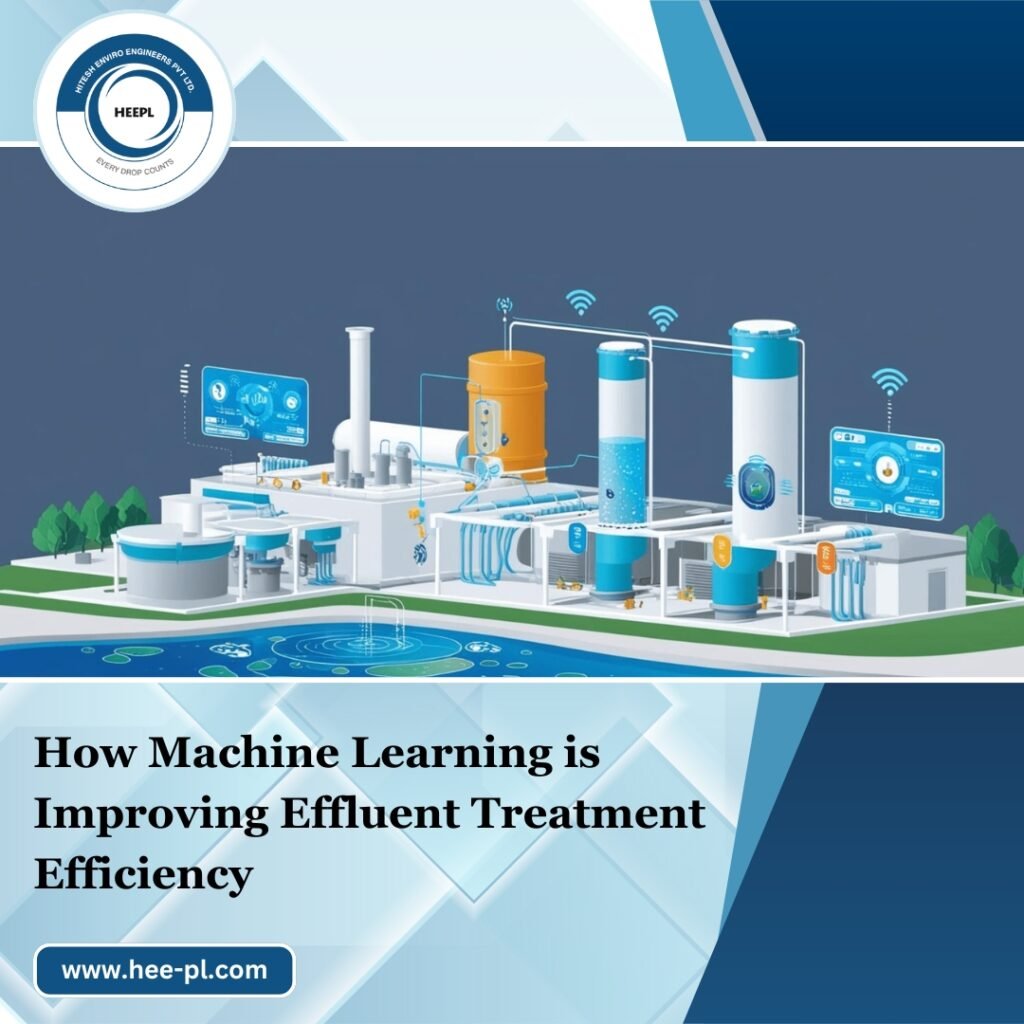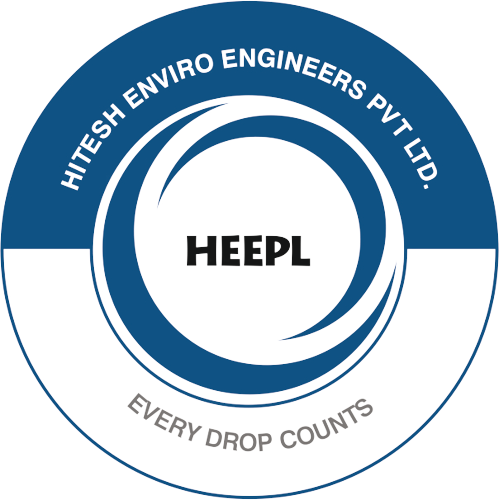
Effluent treatment is a critical component of environmental protection, ensuring that industrial wastewater is treated effectively before being discharged. Traditional wastewater treatment systems rely on predefined processes that may not always adapt well to variations in influent quality, leading to inefficiencies, excessive resource consumption, and compliance challenges. However, with the advent of Machine Learning (ML), effluent treatment plants can now achieve higher levels of efficiency, accuracy, and responsiveness. ML models analyze extensive datasets to predict, optimize, and control various treatment stages, ultimately reducing operational costs, conserving resources, and improving environmental outcomes.
Predictive Control for Optimized Nutrient Removal
One of the most significant advantages of ML in wastewater treatment is predictive control. Nutrient removal is a complex process that depends on varying influent loads and requires precise aeration and chemical dosing. ML algorithms can forecast these influent variations with high accuracy, enabling dynamic adjustments that optimize nutrient removal. Studies indicate that predictive ML control can reduce aeration energy consumption by up to 15%, stabilizing treatment operations and ensuring compliance with stringent quality standards.
Advanced Analytics for Anomaly Detection
Unexpected disruptions in wastewater treatment processes, such as equipment failures or abnormal influent loads, can compromise plant performance. ML employs advanced analytical techniques, such as quantile regression neural networks, to detect anomalies in real time. By continuously analyzing sensor data, ML systems can identify deviations from normal operating conditions and flag potential issues before they escalate. Early detection allows operators to take corrective actions promptly, minimizing downtime, reducing maintenance costs, and improving overall plant efficiency.
Enhancing Energy Efficiency
Energy consumption is a significant concern for effluent treatment plants, as aeration and chemical dosing are major energy-intensive processes. ML algorithms optimize these processes by analyzing historical and real-time data to determine the most efficient operational parameters. This results in a reduction in energy use by up to 40% while maintaining optimal water quality. By dynamically adjusting treatment processes based on real-time data, ML-driven systems contribute to significant cost savings and environmental sustainability.
Real-time Monitoring and Control
The integration of ML into effluent treatment enables real-time monitoring and control, providing instant insights into critical plant parameters. Traditional treatment systems often rely on periodic manual sampling, which can delay necessary adjustments. In contrast, AI-powered solutions continuously process data, allowing for proactive decision-making. This improves regulatory compliance, enhances plant reliability, and ensures that treatment parameters remain within optimal ranges—even during variations in influent quality.
Case Study: AI-Enabled Smart STP Plants by HEEPL
At Hitesh Enviro Engineers Pvt. Ltd. (HEEPL), we are leading the way in applying ML to wastewater treatment. Our AI-enabled Smart Sewage Treatment Plants (STPs) use predictive analytics and automation to optimize performance in real time. These smart STPs:
- Adjust treatment parameters dynamically based on real-time data.
- Predict maintenance needs to prevent unplanned downtime.
- Optimize aeration and chemical dosing for energy efficiency.
- Ensure compliance with environmental standards with continuous monitoring.
Challenges and Considerations
- High-quality data: ML models depend on accurate and well-structured data from sensors and control systems.
- Skilled personnel: Integrating AI and ML requires expertise in data science, automation, and wastewater treatment processes.
- System integration: ML solutions must seamlessly integrate with existing treatment infrastructure to deliver optimal results.
Addressing these challenges through robust data collection strategies, workforce training, and scalable AI solutions ensures that ML adoption in effluent treatment is both practical and impactful.
Conclusion
Machine Learning is transforming wastewater treatment by making it smarter, more energy-efficient, and adaptive to real-time variations. From predictive control to anomaly detection and optimized energy use, ML-driven systems are revolutionizing the way effluent treatment plants operate. At HEEPL, we combine cutting-edge technology with decades of industry expertise to deliver intelligent, compliant, and sustainable water treatment solutions. As industries worldwide move toward more efficient and environmentally responsible wastewater management, ML stands as a powerful enabler of progress.

